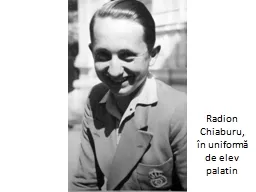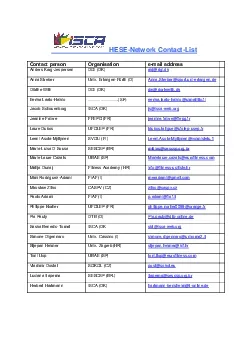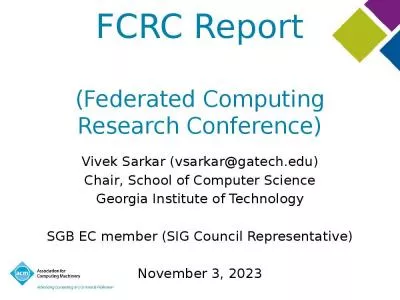PDF-Appeared in Proceedings of th International Symposium on Computer Architecture ISCA PipeRench
Author : tawny-fly | Published Date : 2015-01-14
Reed aylor Ronald Laufer School of Computer Science and Department of ECE Carne gie Mellon Uni ersity Pittsb ur gh 15213 sethmihaib cscmuedu hermanmoecadambirt2irel
Presentation Embed Code
Download Presentation
Download Presentation The PPT/PDF document "Appeared in Proceedings of th Internatio..." is the property of its rightful owner. Permission is granted to download and print the materials on this website for personal, non-commercial use only, and to display it on your personal computer provided you do not modify the materials and that you retain all copyright notices contained in the materials. By downloading content from our website, you accept the terms of this agreement.
Appeared in Proceedings of th International Symposium on Computer Architecture ISCA PipeRench: Transcript
Download Rules Of Document
"Appeared in Proceedings of th International Symposium on Computer Architecture ISCA PipeRench"The content belongs to its owner. You may download and print it for personal use, without modification, and keep all copyright notices. By downloading, you agree to these terms.
Related Documents

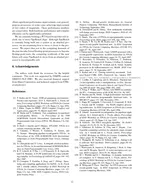
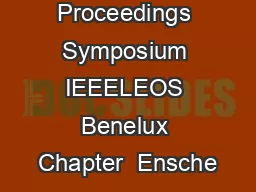

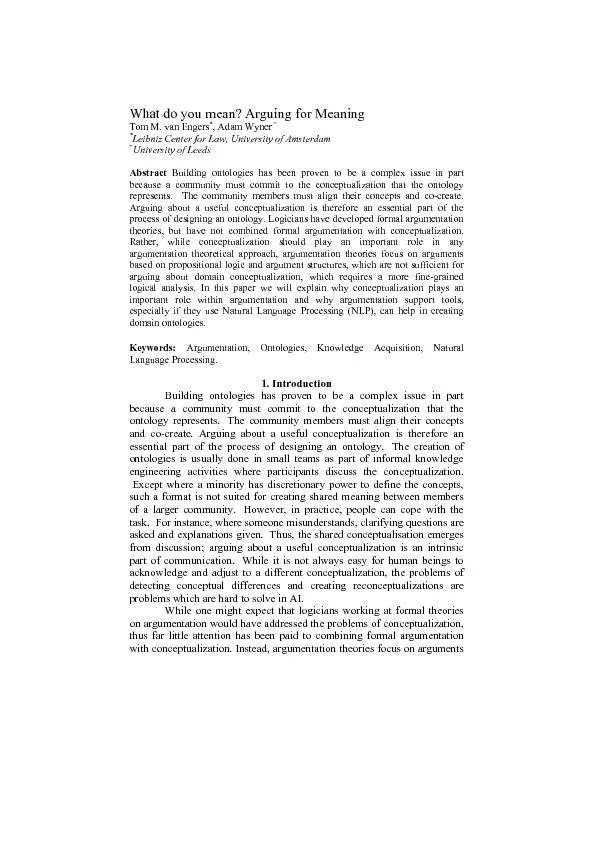

![functionchunkData(e,t){varn=[];varr=e.length;vari=0;for(;ir;i+=t){if(i](https://thumbs.docslides.com/401372/functionchunkdata-e-t-varn-varr-e-length-vari-0-for-ir.jpg)





